The Homely II - reviewed
A Haunted Home
The Homely II
Gavin Hipkins
Writing by Felicity Barnes, Andrew Clifford, Blair French, Terrence Handscomb, Robert Leonard, Aaron Lister, Emil McAvoy, Emma Ng, Lara Strongman and Megan Tāmati-Quennell
Design, Neil Pardington
Published by Bouncy Castle and City Gallery Wellington, 2020
Reviewed by Harry Culy for PhotoForum, 16 December 2020
For me, Gavin Hipkins’ book The Homely II is all about being ‘out of place’. Hipkins poetically questions our sense of belonging, asking: what does ‘home’ mean for you? While not offering any straightforward answers to this question, the enigmatic sequence of photographs provides us with an unnerving, dreamlike, and fragmented narrative: murky signposts towards a complex and unsettling understanding of ‘home’.
The Homely II prompts the viewer to navigate through their own understanding of place, belonging, and nationhood. It hints at the conflicted histories that have led to this, and also prompts us to examine our own complicities in the notion of colonial ‘home’ building and its repercussions. Being a Pākehā New Zealander myself, perhaps I had always felt this way - a mixed up sense of simultaneously belonging and not belonging to this place I call ‘home’.
Shot with a 35mm film camera, the book comprises eighty colour photographs made over several journeys throughout New Zealand and the United Kingdom between 2001 and 2017. The images are found in the middle of the publication, printed on a semi-gloss satin paper stock, with writing by leading academics and writers, on a uncoated pulpy paper, placed at both the beginning and end of the book. This arrangement differentiates the images from the texts successfully.
The Homely II follows a similar methodology as the celebrated earlier work The Homely which was created through a series of expeditions across New Zealand and Australia between 1997 and 2000. Hipkins has referred to this earlier work as a “post-colonial gothic novel”. (1) The Homely II may be seen as a sequel to this, with a new character, Britain. Writer Mark Amery describes the The Homely II as “the eerie, funny space of feeling culturally in-between as a Pākehā tourist. An unsettled meditation on what it means to be a colonial.... What is England and what is New Zealand becomes blurred.” (2)
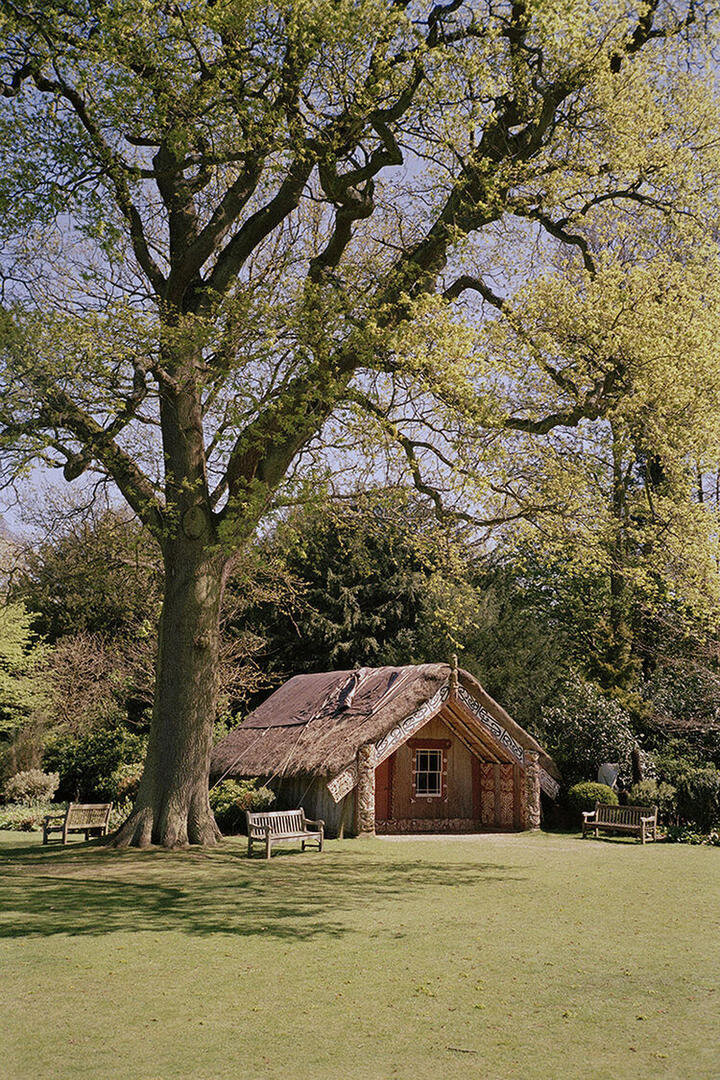
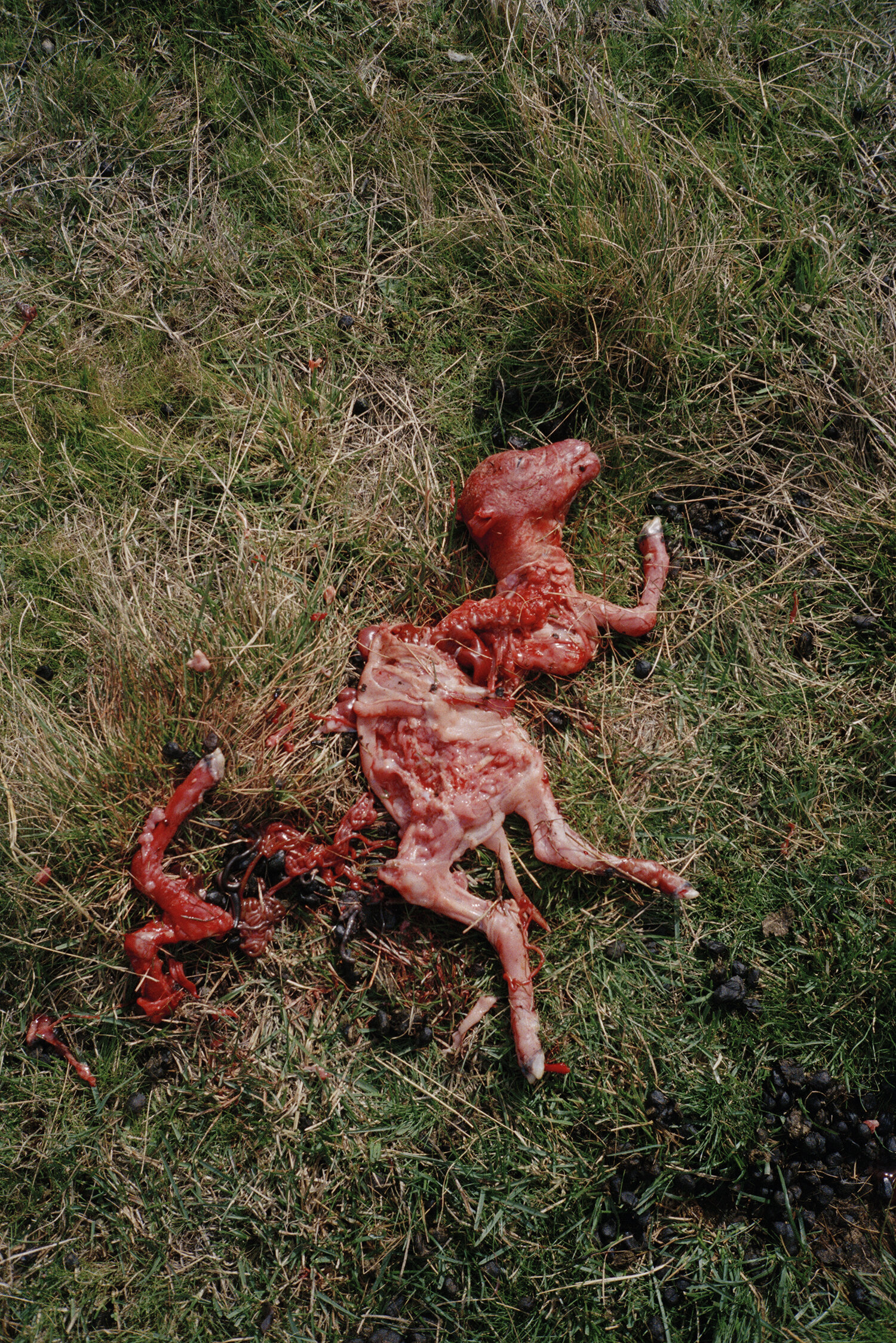
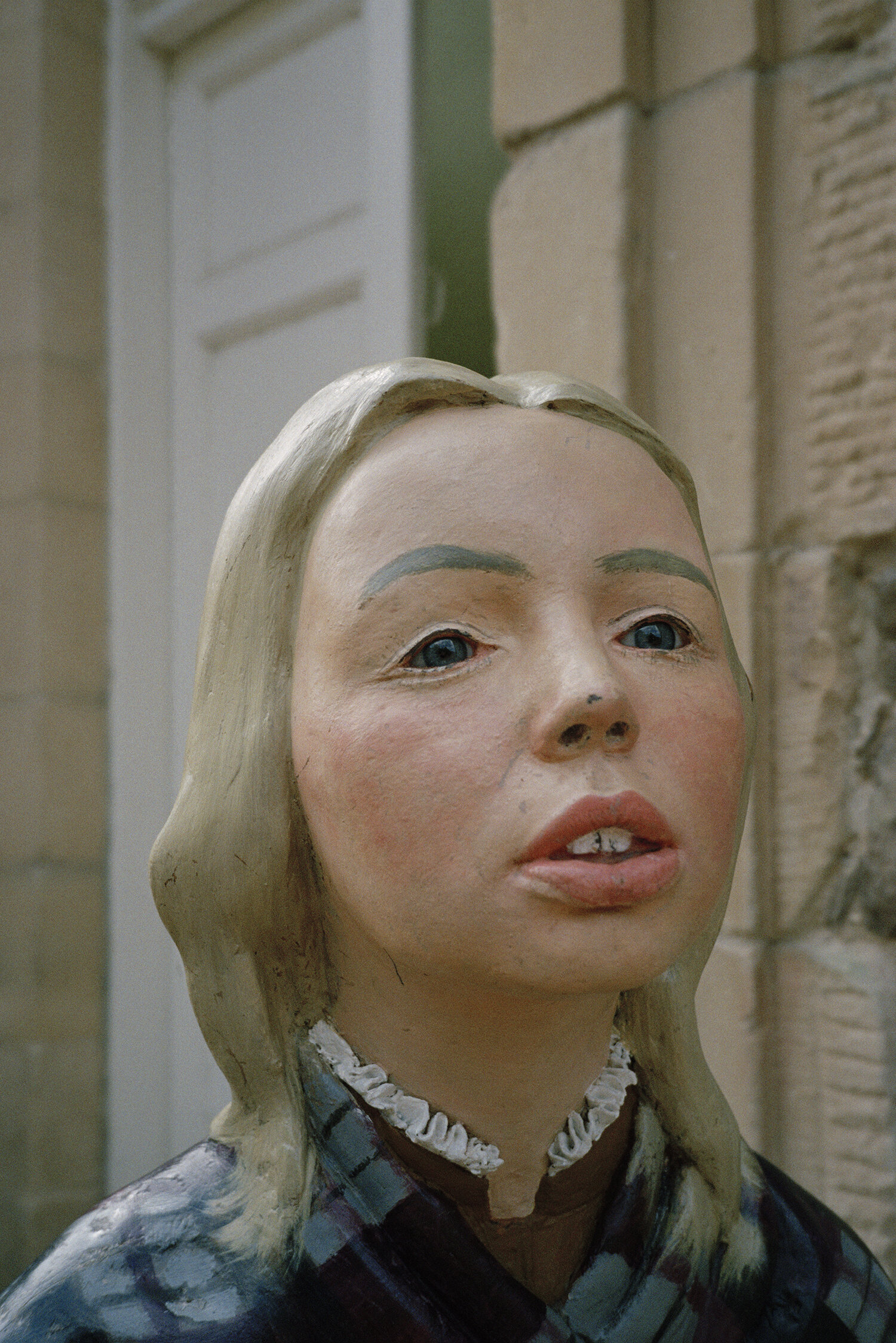
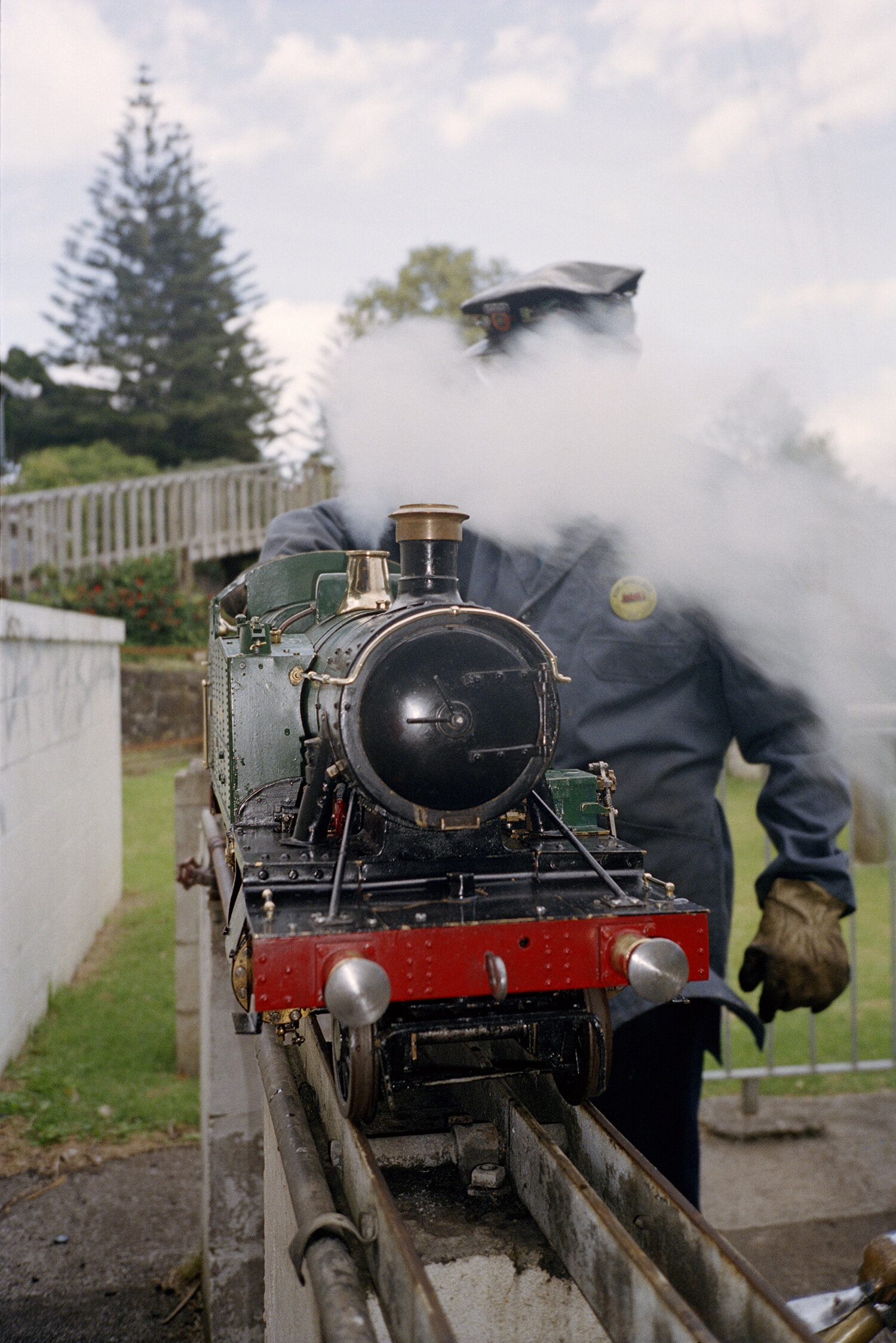
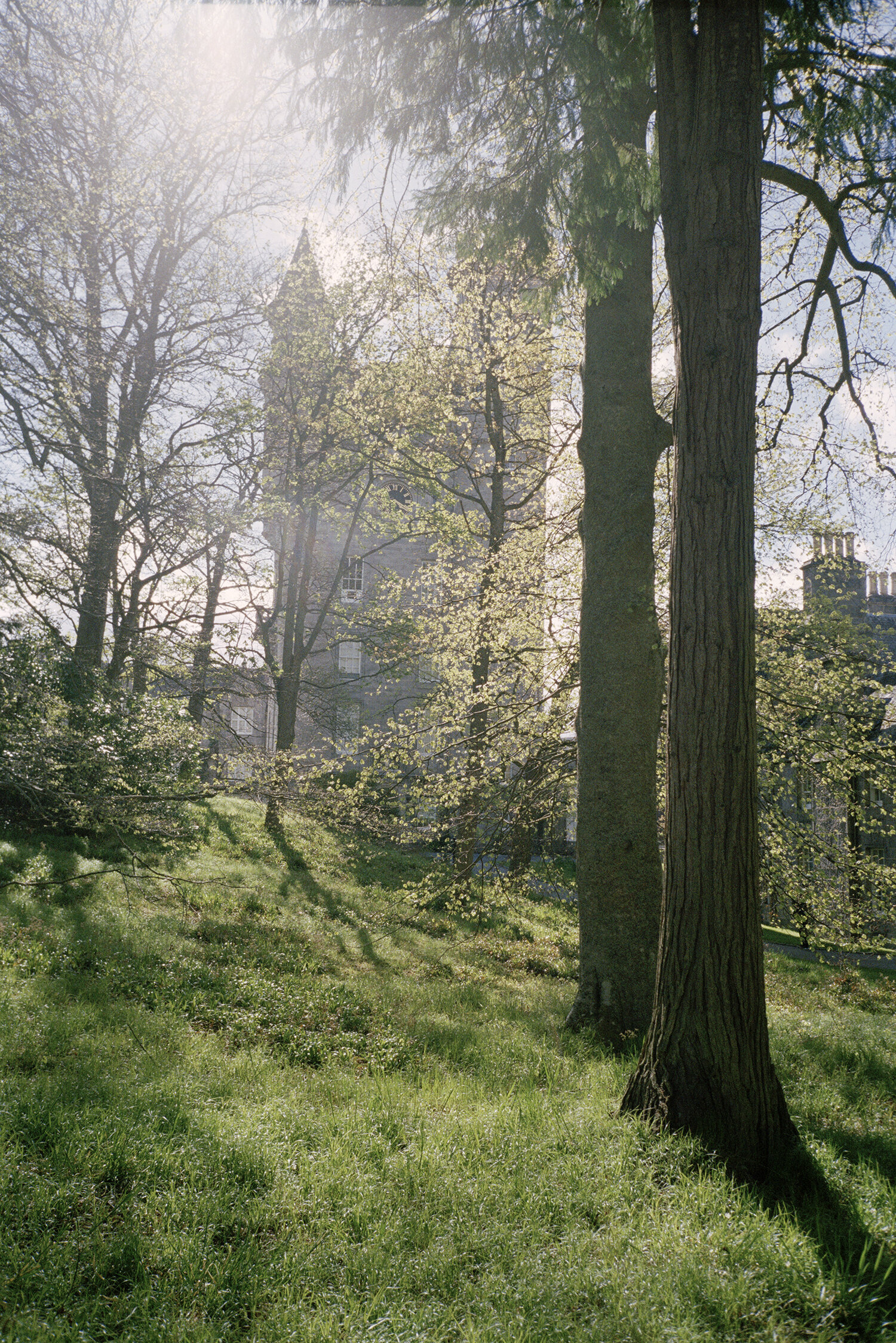
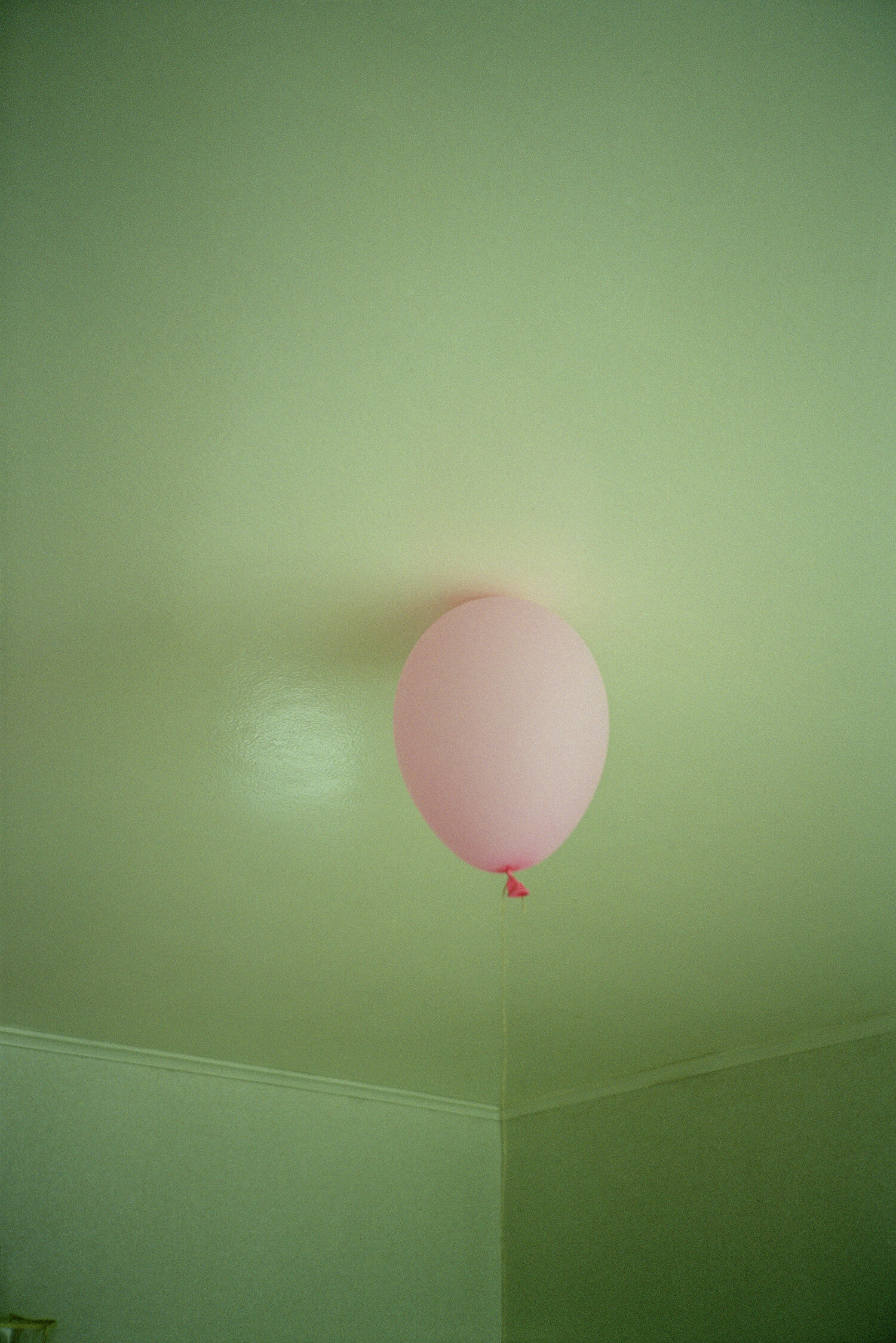
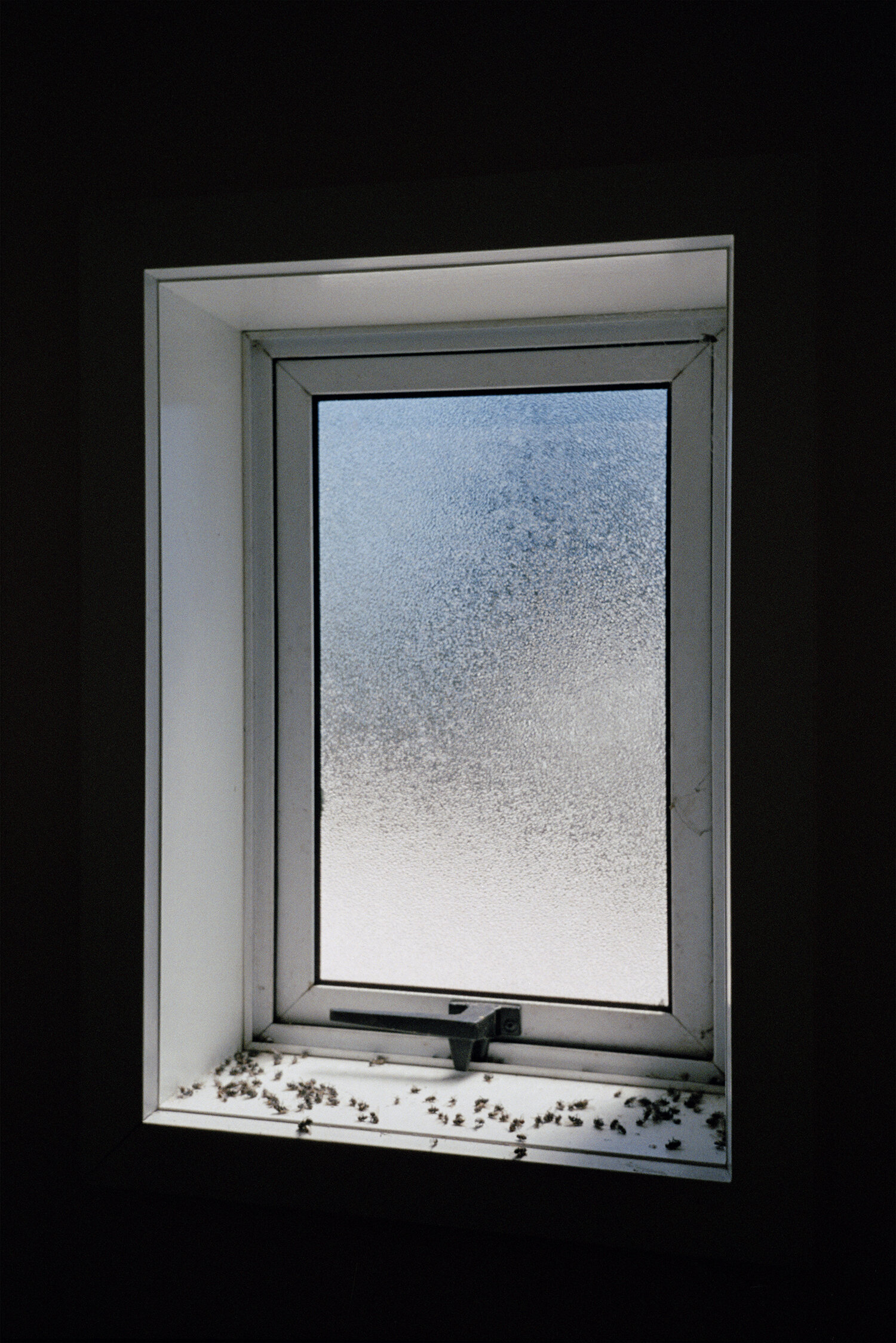

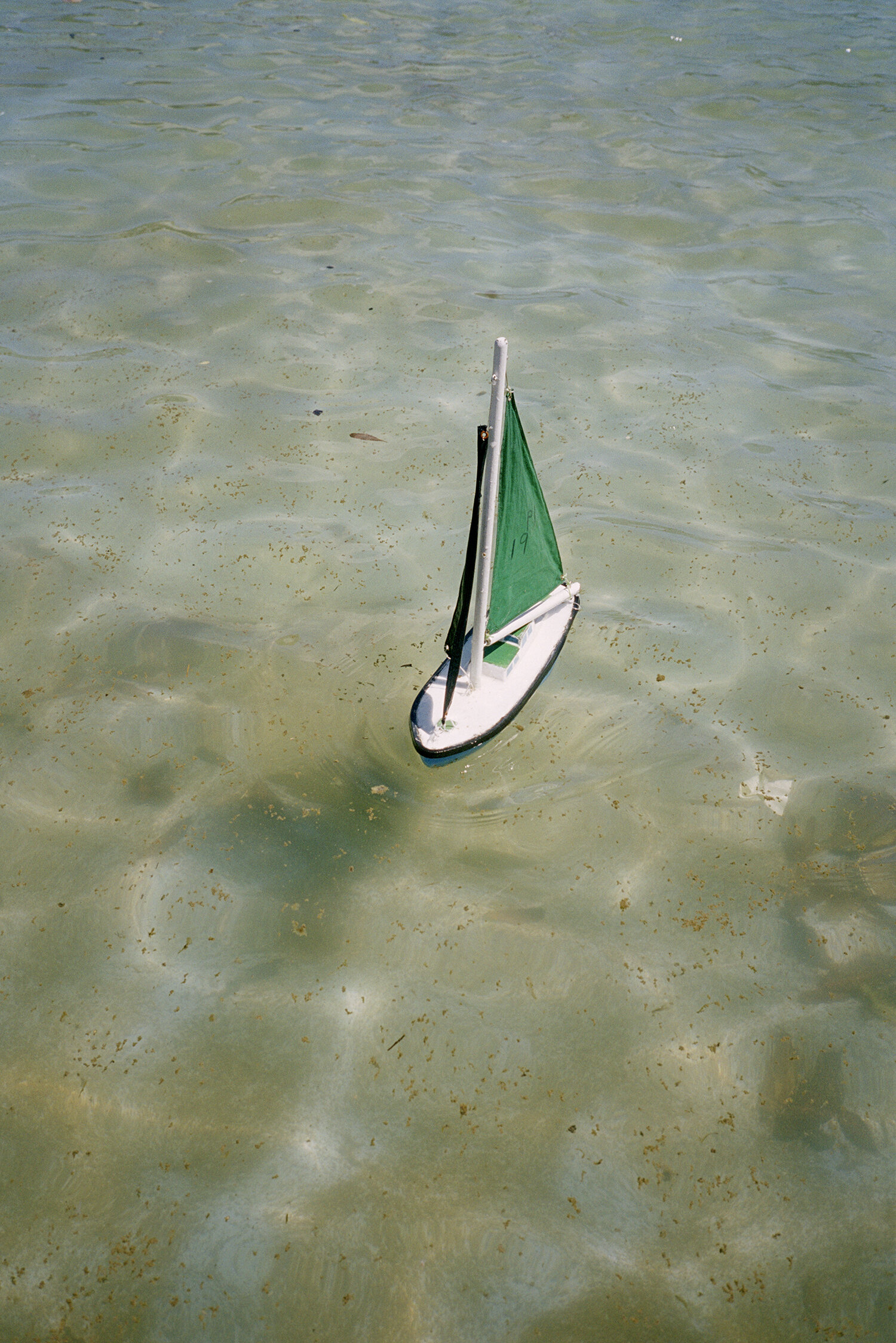
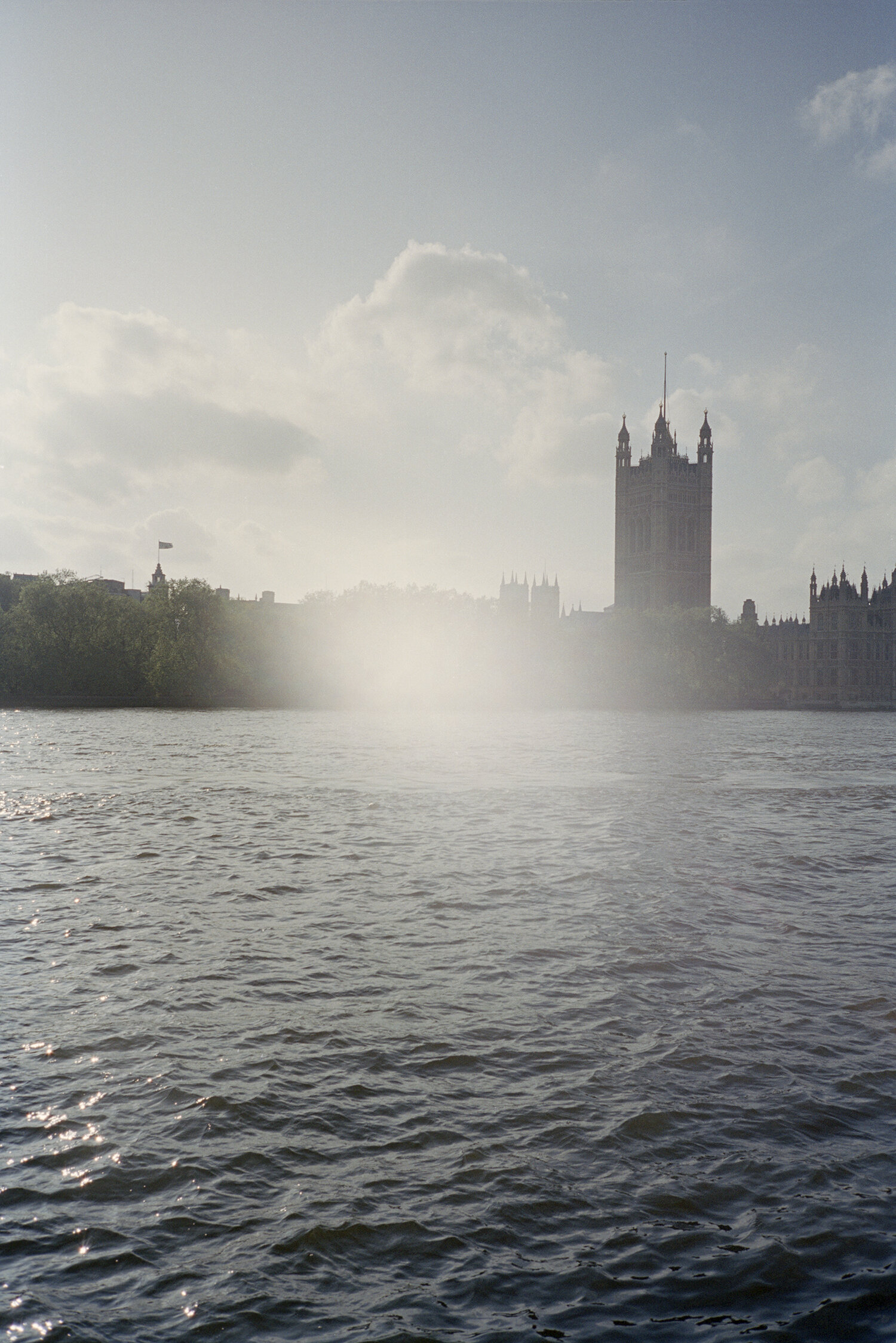


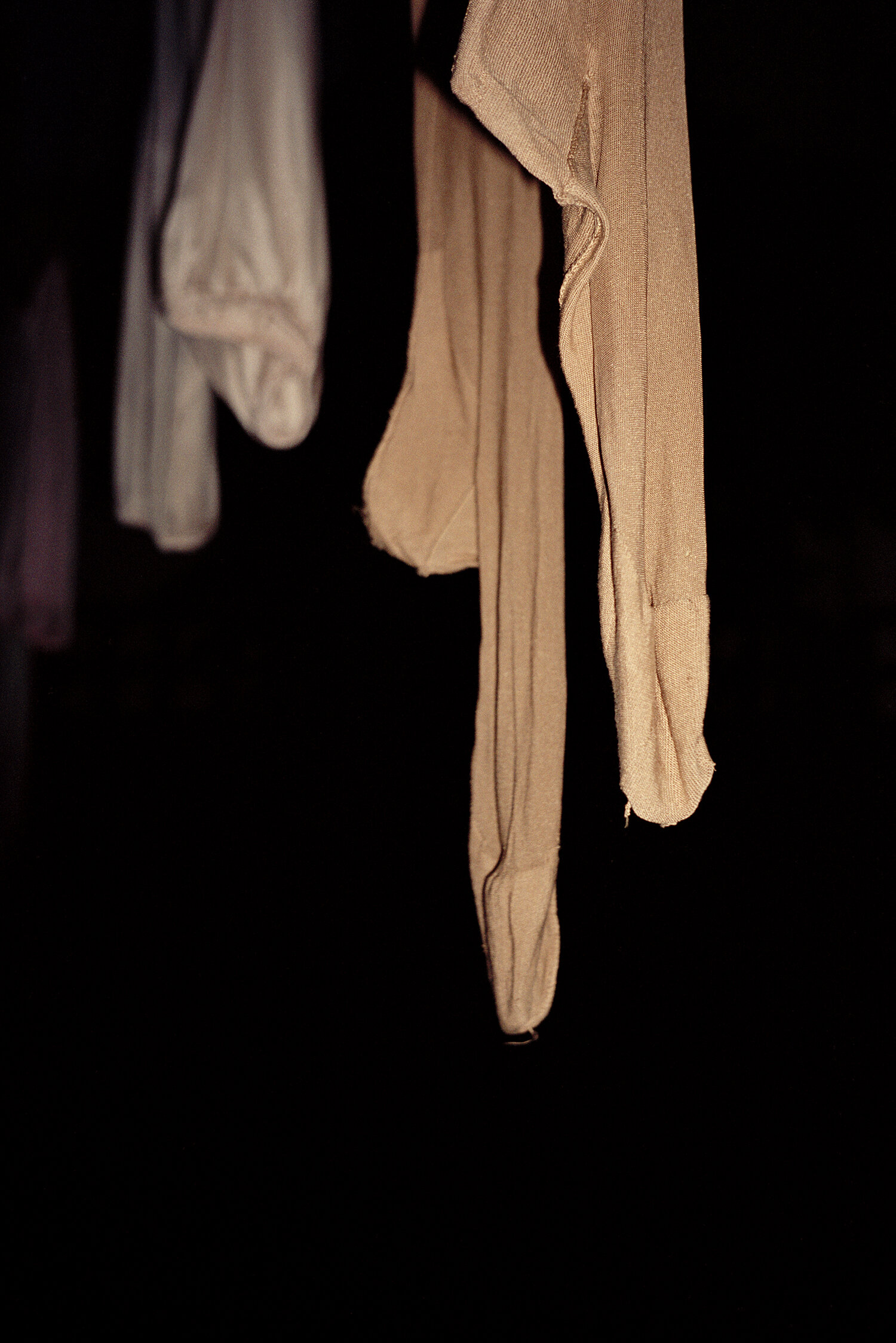

The Homely II is a disconcerting, almost dreamlike contemplation on colonial nationhood which examines a conflicted Pākehā sense of belonging. In this new publication the photographs jump between locations and countries. Grand and iconic locations, such as Westminster Abbey, or a waterfall at Milford Sound, are playfully mixed with the mundane: a shower, some sausages on the grill. Grotesque subject matter, such as a decimated stillborn lamb, are placed alongside banal scenes like a petrol pump, or a view from a window in London. The sublime, for example the sea from Cape Reinga, or a pink tinged sky in Otago are jumbled in with domestic images like some nylon stockings, or a lamp on a red wall.
By mixing images made in England and Aotearoa in this book, the sense of place becomes confused. Locations move abruptly from Stonehenge to Aoraki, from Crystal Palace to Cromwell. By placing these pictures in conversation with each other through the book form, the viewer may lose their bearings, and feel displaced, confused, or lost. What is the reader to make of the space between a burnt out car in Wainuiomata (Road) 2002 on page 88 and the back of a matted mess of hair in London (Head) 2015 on page 89? In order to construct meaning from this constellation of photographs, the viewer is actively required to imaginatively engage with the series of images and navigate their way through this puzzling and disorienting sequence. Hipkins seems to be leading us through a visual game without providing a road map to our final destination.
Much of the power of The Homely II lies in the sequencing and the context in which the images are seen, or in the series as a whole. Yet there are many single images that have the strength to startle a viewer into wonder. One key image from the series that alone demonstrates Hipkins’ theme of out-of-placeness is the Clandon (Hinemihi) 2015. In it, the marae is bathed in a picturesque golden light, surrounded by trees in a well-kept English garden of a large estate. At first look it could be in New Zealand – but something about the image nags at you to look again.
The Hinemihi marae was originally located at Te Wairoa, near Lake Tarawera. It was bought for fifty pounds in the late 1800s by Lord William Hillier Onslow as a ‘souvenir’. It was dismantled and shipped to England and rebuilt on Onslow’s estate surrounded by an incongruous English garden. “Hipkins subdued image plays on our wondering what the meeting house is doing there in Surrey, where its original mana, grandeur and significance is muddled and lost…”(3).
The Homely II is wide ranging in subject matter (a rusted pile of cogs, a tree stump, a hangi, a waterfall, a toy boat), yet nearly every image is charged with some kind of unsettling quality: from overt horror (a dismembered blood red lamb carcass), to domestic dread (a window sill graveyard for dead flies), to a photo of the Thames with Westminster Abbey in the distance with a ghostly apparition on the water. Furthermore, the human figures in the book are largely obscured, for example, the back of a woman’s head wearing a beanie, a man standing beside a miniature train whose face is veiled by a puff of smoke, a statue of a girl in New Lanark whose eyes seem alive in a plaster cast face. This absence of the human face in The Homely II, is itself, unsettling, un-homely even.
Parts of The Homely II feel like a David Lynch film (the pairing of Haast (sign) 2007 and Portsmouth (Lamp) 2015 look like they could come straight out of a Twin Peaks set). Lynch is known for his unnerving movies which connect the surreal or sinister with the mundane to create a dreamlike or nightmarish quality. Hipkins taps into this Lynchian quality by carefully connecting different kinds of seemingly unrelated images to evoke a feeling of eerie out-of-placeness.
While The Homely II is very much through a Pākehā lens, Hipkins has created a haunting, uncanny narrative, and an atmosphere of uncertainty, echoing a multicentred and complicated Pākehā sense of belonging. The evocative collection of photographs in The Homely II seems to be drilling directly into this feeling, that of simultaneous belonging and non-belonging, of being in-place as well as out-of-place. Hipkins conjures up a picture dream of ‘home’ that is inconclusive, unresolved, haunted by something just out of the photographic frame. It is a picture of home that is haunted by the idea of home.
Harry Culy is a photographer based in Pōneke, he holds a MFA from Massey University Wellington, and also runs the small press photobook company Bad News Books.
Footnotes
(1) The Homely II, Robert Leonard, p. 7
(2) PhotoForum listings - https://www.photoforum-nz.org/blog/2019/2/21/the-homely-ii
(3) The Homely II, Megan Tamati-Quennell, p. 127

